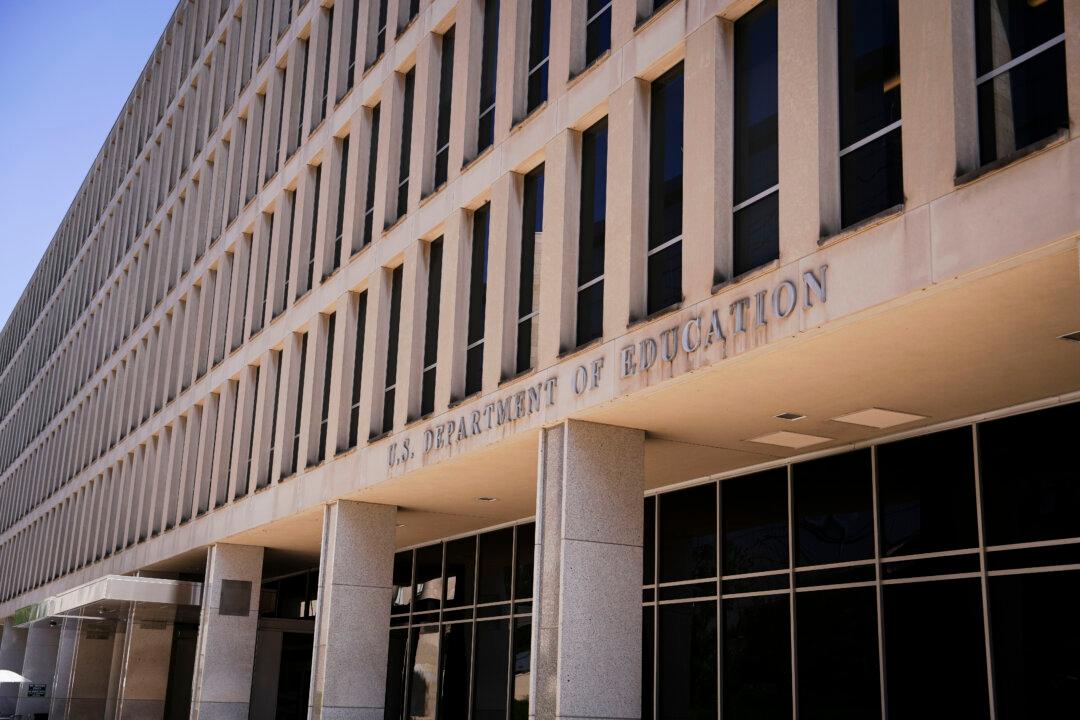The U.S. Department of Education on Tuesday said it won’t transmit students’ federal aid information to colleges until March, a month-long delay to an already slow-moving process that lawmakers warned could force some students to give up college plans.
Buried in a press release celebrating the 3.1 million successfully submitted Free Application for Federal Student Aid (FAFSA) forms, the Education Department said it plans to begin sending those forms to colleges in batches “in the first half of March.”





